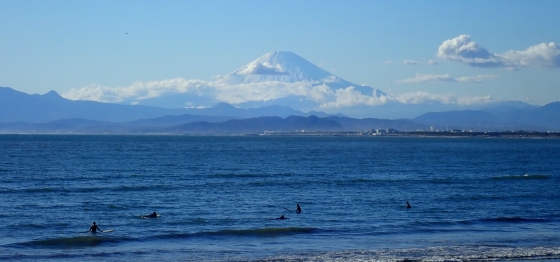Otari Temperatures: Monthly Averages and Year-Round Insights
On this page, we’ll explore Otari’s temperature statistics in detail, including day and night variations and monthly averages. We’ll also compare the annual temperature to other cities in Japan.
Monthly Temperature Averages
In Otari, temperatures differ significantly between summer and winter months. Typically, maximum daytime temperatures range from a warm 27°C in August to a very cold 1°C in the coolest month, January. Nights are cooler, with temperatures generally dropping to -6°C, particularly during the colder months.
The chart below illustrates the average maximum day and minimum night temperatures in Otari by month:
The minimum temperature is often recorded between 4 AM and 6 AM, while the highest temperature is usually reached at 3 PM. During this time the sun's heating effect is the strongest. August, the city’s warmest month receives 166 hours of sunshine.
The chart below shows the average temperature throughout the year:
January, the city’s coldest month, sees about 243 mm of rainfall spread over roughly 26 days. It records 80 hours of sunshine of sunshine.
Annual Temperatures in Japan Compared
The map below shows the annual temperature across Japan. You can also select the different months in case you are interested in a specific month.
 very warm
very warm
 warm
warm
 pleasant
pleasant
 moderate
moderate
 cold
cold
 very cold
very cold
Otari Temperatures Compared World Wide
Otari’s average annual maximum temperature is 14°C. Let’s compare this with some popular tourist destinations:
In Lisbon, Portugal, the average annual temperature is 21°C, offering warm summers and mild, rainy winters.
In Toronto, Canada, the average annual temperature is 13°C, with snowy winters and warm summers.
In Seoul, South Korea, the average annual temperature is 18°C, featuring distinct seasons.
In Tokyo, Japan, the average annual temperature is 21°C, expect warmer summers and milder winters.
How are these Temperatures Measured?
Generally, temperature data depicting climate is usually given over a 30-year average in order to reduce short-term fluctuations and reveal better long-term trends in climate conditions.
This temperature data is taken from land-based thermometers, ocean buoys, ships, and satellites. These measurements are transmitted to weather stations and climate centers around the globe where they are processed, averaged, and analyzed in order to monitor the trends and create climate models.
Temperatures in the Mountains
Although not all regions have mountains, elevated areas exhibit distinct temperature variations.
- Sun Exposure: Sunlit slopes tend to be warmer, while shaded areas remain cooler.
- Altitude Effects: Temperatures drop by approximately 6°C for every 1,000 meters of elevation, creating distinct microclimates.
For more detailed information about Otari’s weather, including monthly rainfall, sunshine hours, and humidity levels, visit our Otari climate page.
Current temperature in Otari
almost clear and small chance of rain
overcast and snow
almost clear and no rain




